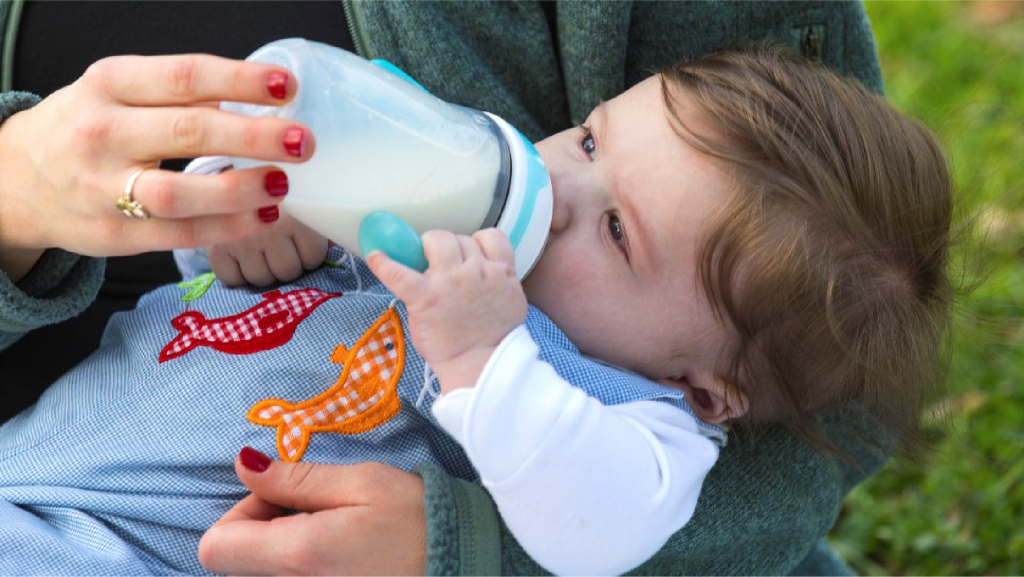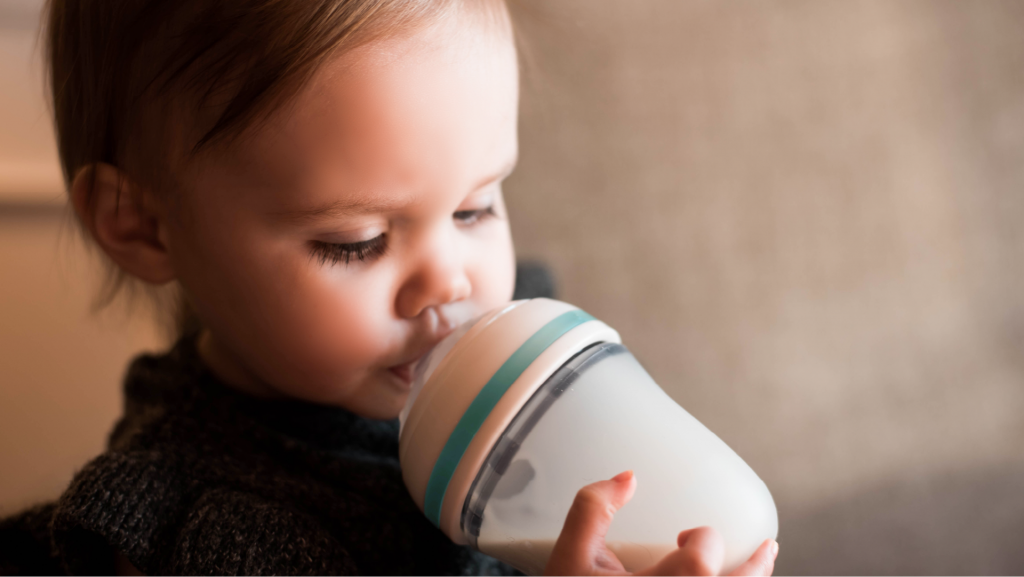Best Baby Bottles for Newborns - Glass, Stainless Steel, Plastic or Silicone?
When it comes to buying the best baby bottles for newborns, parents tend to get overwhelmed by the number of options on the market. There are glass ones, plastic options, even stainless steel, and the newest on the market: silicone bottles.
Which is the best? What about plastic leakage? Which plastics are safe? There are just too many big words and so little time to read!
So we decided to keep things simple for parents by breaking all of them down into simple points for easy comparison. That way you can decide straight away which ones are best bottles for newborns and which ones are more suited to your needs. After all the best tools are the practical ones.
Glass
- has been around for many years.
- can withstand boiling points.
- stain-resistant and odour resistant.
- does not leach or release toxic chemicals.
- excellent transparency.
- can last a lifetime if cleaned and stored properly.
- heavy, impractical and could easily break or crack.
Stainless steel
- non-toxic and does not leach chemicals.
- have insulating properties and will keep your baby’s milk warmer longer.
- durable and less prone to scratches.
- can withstand high heat.
- not see through which makes it hard to measure and see how much milk is left.
- can last a lifetime if cleaned and stored properly.
- expensive, not really popular and not really accessible.
Plastic

The most common bottles for newborns are plastic ones. Even though they are more practical than glass and are easily accessible, plastic bottles are not all the same. Currently, there are three types of plastic feeding bottles in the market namely PP, PES and PPSU. If it is not indicated on the packaging, then it is most likely to be PP by default.
Unfortunately, some plastic bottles have a tendency to leach. With frequent sterilizing in high temperatures, the plastic components breakdown over time and release harmful chemicals into the milk your baby drinks.
Here are the 3 plastic bottles for newborns currently in the market:
PP (Polypropylene)
- the most common plastic feeding bottle.
- durable, flexible and economical.
- available in clear and colour-tinted transparency.
- can withstand the heat of up to 120°C.
- may lose transparency over time with frequent sterilization and exposure to boiling water.
- advisable to change once every 6 months or when there a change in the bottle’s texture.
PPSU (Polyphenylsulfone)
- highest performing thermoplastic compared to PP and PES.
- able to absorb impact.
- stain-resistant and odour resistant.
- naturally BPA free.
- has a high melting point of 208°C.
- commonly used in aerospace / medical devices that require repeated sterilization.
- more expensive than PP and PES bottles.
- advisable to change bottles yearly.
Tritan
- does not contain bisphenol A (BPA) or other bisphenol compounds, such as bisphenol S (BPS).
- has no estrogenic(EA-free) or androgenic activity (AA-free).
- impact-resistant and shatterproof.
- stain-resistant and odour resistant.
- can withstand high temperatures and many cycles in the dishwasher.
- has the clarity of glass without the weight.
Silicone

With so many contradicting studies on the safety of plastics, manufacturers are now turning to silicone as a safer material to produce bottles for newborns. Here’s why parents should be choosing silicone bottles:
- medical-grade, BPA-free and non-toxic.
- does not contain phthalates, lead and PVC.
- flexible and provides the infant with a more natural feeding experience.
- scratch-resistant.
- very heat resistant and can be safely heated in dishwashers, boiling water, sterilizers and microwaves.
- Includes anti-colic vents and allows gentle squeeze which aids feeding.
- easy for baby to hold and lightweight.
- skin-like texture which could help with nipple confusion.
Making the Right Decision
Ultimately, parents should decide among the safer options when it comes to choosing bottles for newborns. Find one that meets your budget and your needs. Don’t be in a hurry to commit to one brand because some babies can be finicky with their preferences. Purchase one or two to try first and only invest when your baby has decided so as not to ruin your grand plan of having the perfect stash of bottles.
